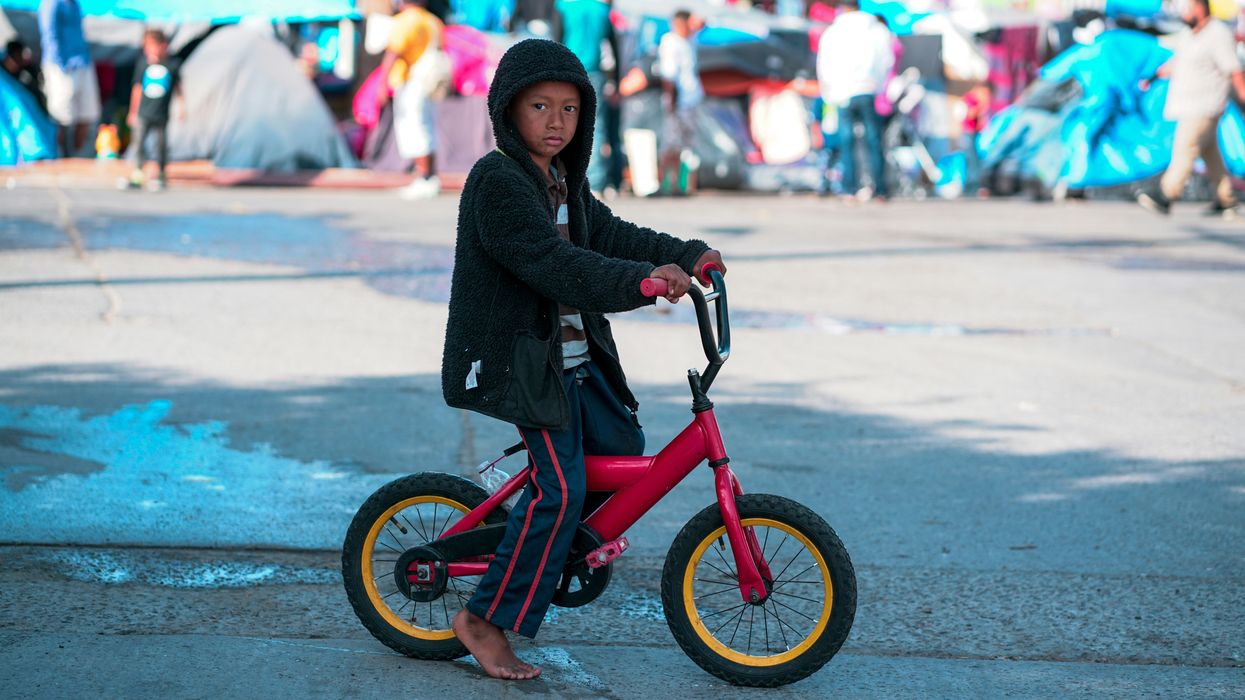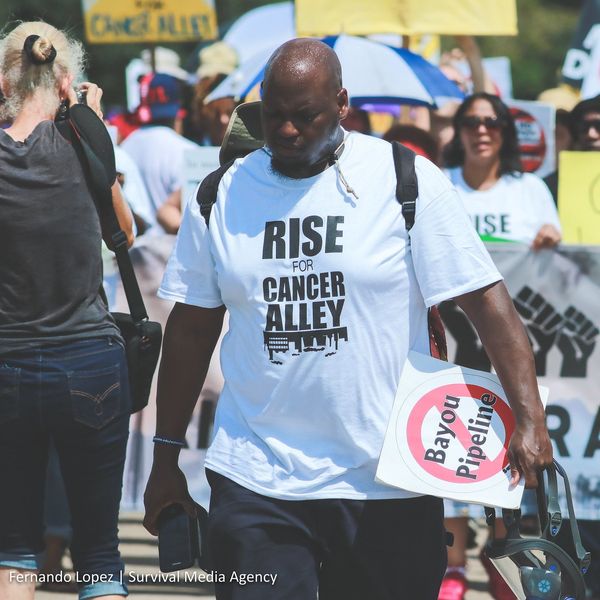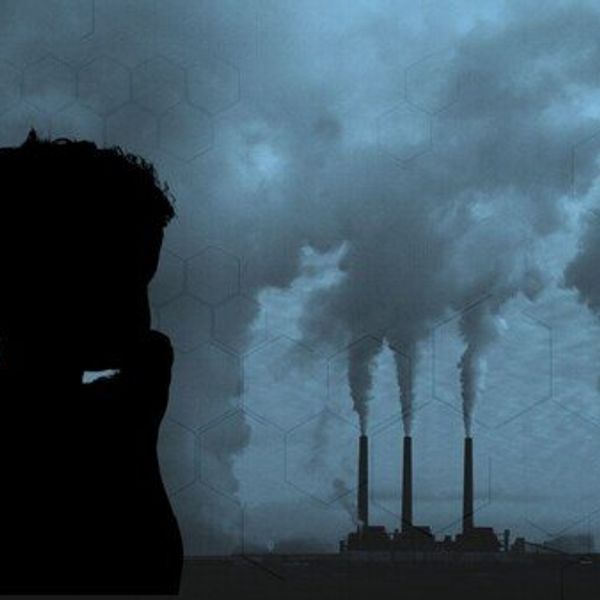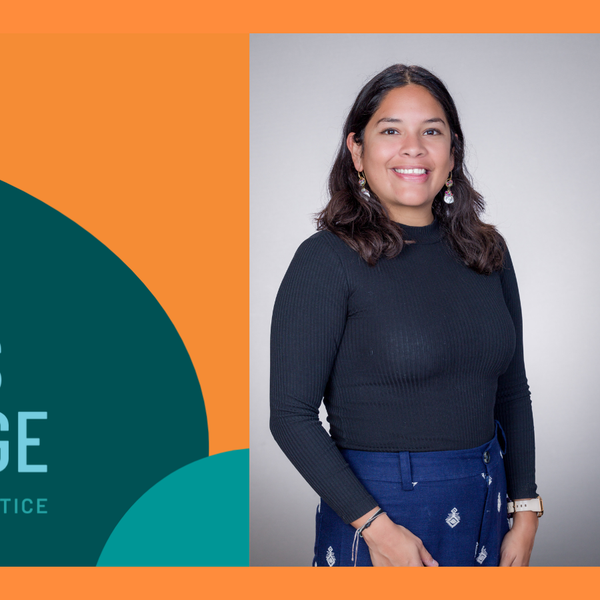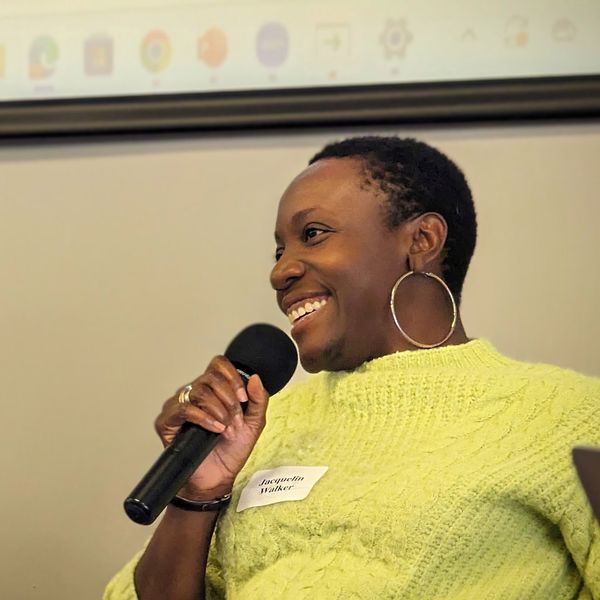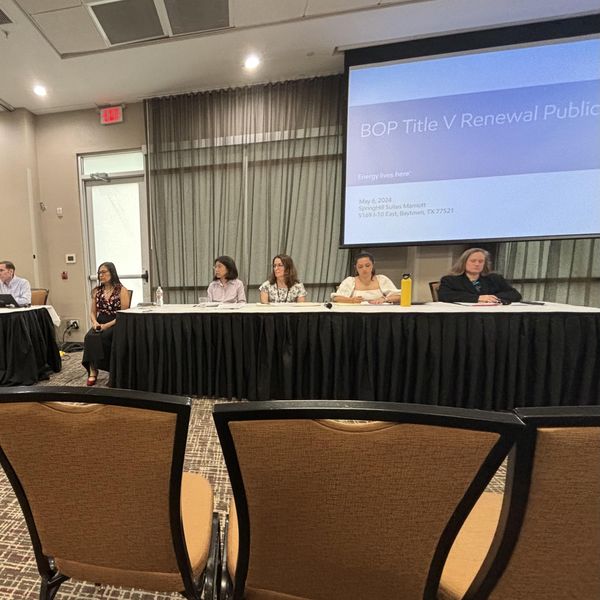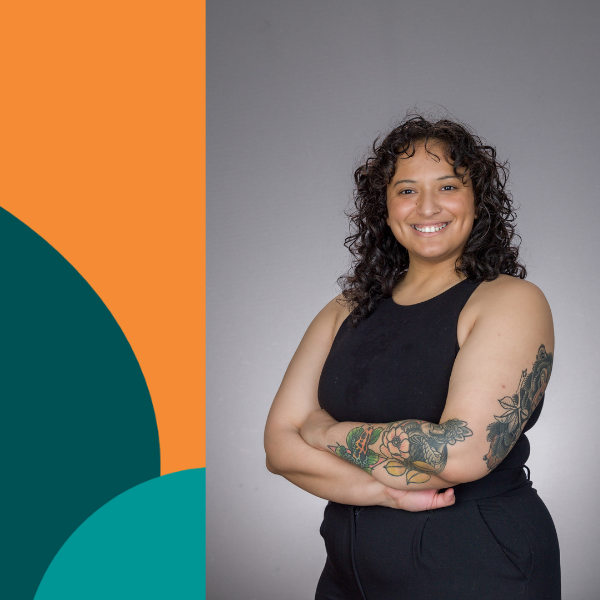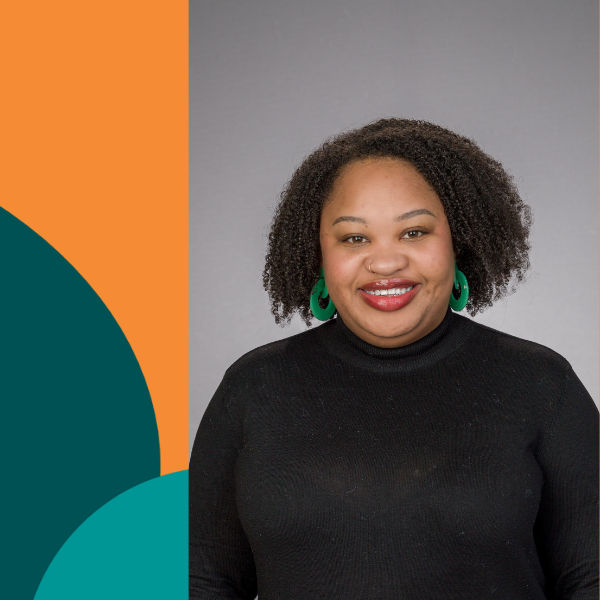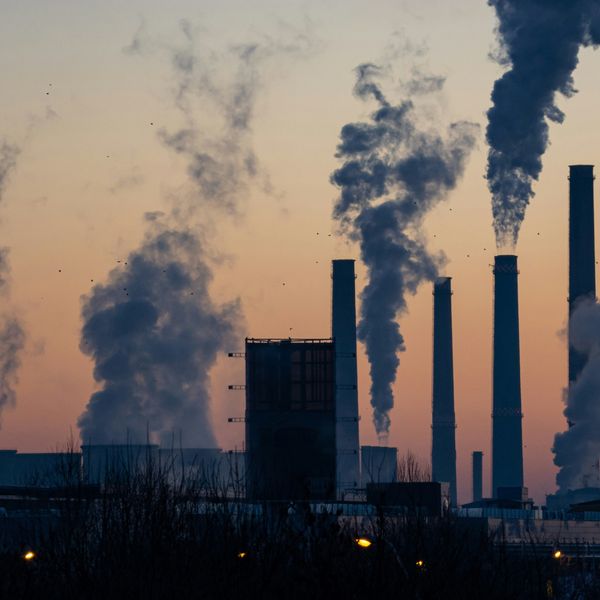Have you ever gone to the doctor's office, had your body poked at, answered invasive questions, only to be told they will contact you if there is an issue?
Being a participant in a research study is often like that, except there is rarely any follow-up. Researchers expect participants to submit to protocols, often with little in return other than a gift card and the promise that participation will "benefit the general population."
If you participate in a study on toxic exposures, for example, you might not find out that the levels of arsenic in your body are linked to heart disease. You might not find out that these levels may be due to your water or the local smelter. You might never receive this information, which you could have used to organize your community to demand clean water or that the smelter company pay for clean-up.
This essay is part of "Agents of Change" — see the full series
Participants in research studies have a right to their information. While every study I have been involved in has communicated results back to participants, this is not the norm in the public health field.
As public health researchers we spend a majority of our time perfecting grants and designing studies, but only a fraction is spent considering how we will communicate with participants. There are numerous classes on stats, policy, data science, and health disparities, but rarely any on how to best serve participants in past and future studies.
Too often in environmental health when results are communicated to participants, it's a form of victim blaming—blanket statements about avoiding toxics, without taking into account people's situation and ability to attain clean water, air, and food.
As a bilingual, bicultural Latina who is both "over-studied" but "underserved" these principles are always at the forefront of my work. Allowing members of the communities we study to set their own research priorities should be the working mantra of every public health researcher.

Author Yoshira Ornelas Van Horne, with Rachelle Begay (PhD student in Epidemiology at the University of Arizona) at the Community Health Representative Shiprock Office for the GKMS Project (Credit: Paloma Beamer, PhD)

Credit: Rietta Wagoner

Credit: Rietta Wagoner
Avoid victim-blaming
One of the first studies I was involved with dealt with water quality issues among private well owners along the U.S. Mexico border. We looked at various contaminants in people's drinking water and developed educational materials on the health implications.
I would travel back and forth through a border customs checkpoint, even having the water samples stored in the coolers searched a few times by the armed militia. My thoughts were always on the safety of those samples, hoping they wouldn't be seized because I knew this meant taking more of the participants' time to resample their water.
Unlike my psyche and the anxiety I still carry, none of the water samples were injured or taken. I've often re-lived that experience, blaming myself, thinking if only I'd presented myself better, if only my accent was different, if only I looked more like a scientist, then maybe I wouldn't have been stopped.
This essay is also available in Spanish
As a daughter of immigrant parents, I had experience going through these checkpoints. My family would make yearly trips to see our relatives in Mexico. Upon return we knew that our paperwork had to be flawless and our demeanor acceptable, or else we would be questioned for hours.
This is why I try to ensure that I don't victim-blame research participants. This victim-blaming mentality is far too common in public health research, particularly in studies that only focus on recommendations at the individual level and don't consider the social or cultural context.
Take, for example, studies looking at the impacts of diet on heart health. A common message might be that participants need to eat a diet rich in fruits and vegetables—however, not everyone lives near a grocery store or has the means to properly store or prepare a home cooked meal.
Researcher responsibilities

Near Aneth, Utah, during a 2018 San Juan River sampling trip (Credit: Yoshira Ornelas Van Horne)
Researchers' responsibility to participants should not end with communicating results. We need to work toward building capacity within communities. I learned this in 2013 when colleagues and I studied water quality in the Southwestern rural communities of Nogales, Tubac, and Rio Rico in Arizona.
One of the benefits of water quality research is that there are guidelines on the contaminant levels allowed in our drinking water, allowing researchers to communicate results to the public. Contaminants in water will either be below or above a set standard.
However, there are no enforceable guidelines for hundreds of chemicals found in drinking water. And regulations that do exist don't apply to private well water, leaving approximately 45 million people in the U.S. vulnerable to subpar drinking water.
One class of contaminants with no enforceable guidelines that I looked at in samples of the private well owners were perfluoroalkyl substances, also known as PFAS or "forever chemicals," because they persist in the environment and our bodies for many years.
PFAS have been linked to multiple health effects, including fertility, immune system, and metabolism issues. At the time of my study there was a Public Health Advisory Guideline level of 200 parts per trillion (ppt) for PFOS, and 400 ppt for PFOA (two distinct PFAS). Fortunately, all the samples were below the respective guidelines. We told this to families that participated in the study.
PFAS research grew, and eventually the Public Health Guideline was amended to a combined 70 ppt, a significant reduction. This worried me, because it meant those participants had and were probably still drinking potentially toxic water.
I thought about our responsibilities as researchers to continue to inform our participants as knowledge advances. We have an ethical responsibility to do so.
However, attempting to contact a community after a project has ended is met with institutional hurdles, and often there are no grants available for continued collaborations. Upon closure of a project, it is common to safely dispose of original documents and identifiable information from participants.
So, we're often stuck with new health information that communities could use—with no way to tell them.
Community-centered models exist

San Juan River near Shiprock, New Mexico. The photo was take during a training session with Diné college (Credit: Rietta Wagoner)
Deliberately withholding information has serious consequences. In her book "A terrible thing to waste: Environmental racism and its assault on the American mind," Harriet A. Washington discusses how a group of researchers from Johns Hopkins University did not inform participants that their lead intervention study led to increased blood lead levels among children in the study, condemning these participants to a lifetime of struggles.
Such unethical public health research is not a thing of the past—but it's often more insidious. Take, for example, the rapid mobilization of research funding available to investigate the economic, mental health, and lack of access to vaccination impacts to communities as a result of COVID-19, which has disproportionality harmed communities of color. The speed at which research has been mobilized is a double-edged sword. While having this funding available is a good thing, there simply hasn't been enough time to develop a strategy to relay information to participants. This includes asking who should the messaging come from? What format(s) should be prioritized? How to best interpret and translate the messaging into multiple languages and cultures? How will this be used to mitigate the impacts of the pandemic?
Why must these communities of color always be taken advantage of? They deserve better than to be guinea pigs. Providing information to study participants is the just thing to do—particularly in today's climate where misinformation and mistrust in science spreads like wildfire, in part due to our inability as scientists to properly convey our message.
Incorporating the communities we serve into our research is not a new model; it has been led by Indigenous researchers and knowledge holders. I've seen this model work firsthand.
Take the Navajo Nation: if you want to conduct a study with members of the Navajo Nation you have to get permission from their Human Research Review Board. Members of the Navajo Nation sit on the board and evaluate if your research will be beneficial to their people, they also ensure you have the right permissions and are involving members of their Nation not only as participants but as study investigators. This model encourages community-driven solutions, and places value on impact over innovation.
My Ph.D. work focused on understanding the impacts of the 2015 Gold King Mine Spill on the Diné (Navajo). Together with our community partners the Navajo Nation Community Health Representatives, Diné College, and a grassroots Diné organization Tó Bei Nihi Dziil, we held listening sessions to understand what questions the community had about the spill. This knowledge was incorporated into our research design and we were able to identify 43 ways the Diné utilized the San Juan River, which had been contaminated by acid mine drainage during the spill.
I would end up co-mentoring dozens of students (more than half of them Diné) along with my Ph.D. mentors (one of them Chicana and the other one Diné, how often does that happen? But that's a story for another day), our presentations to the community were more impactful than any academic ones. This ensured that the community was a priority and that they would receive information that could be used to advocate for resources such as funding for environmental monitoring.
Working alongside the Diné was one of the greatest honors of my life. It is an experience unlike any other, one that I cherish, one where I recognize that the voices of the Diné should be front and center.
When one of our mentees told me that our paths would always be intertwined, I knew that this way of research was the only way, and that it would continue to guide me. As I proceed on this path, I hope to always keep the needs of communities front and center, to remember that every data point is a person, and remember that every person deserves respect and answers.
This essay is part of "Agents of Change," an ongoing series featuring the stories, analyses and perspectives of next generation environmental health leaders who come from historically under-represented backgrounds in science and academia. Essays in the series reflect the views of the authors and not that of EHN.org or The George Washington University.
Banner photo: Author Yoshira Ornelas Van Horne, co-presenting with Mae-Gilene Begay at the 2019 Navajo Nation Human Research Review Board Conference in Window Rock, AZ (Credit: Xiaobo Hou)

















